Sadly, the majority of the world’s youth are exposed to bullying in some way. According to the U.S. Department of Education, between 1 in 4 and 1 in 3 U.S. students are bullied, with the most common occurrence of bullying happening in middle school. While not every student is bullied, a whopping 70 percent of students have witnessed bullying. Whether or not they’re the target, bullying can create a stressful and unhealthy learning environment for students of all ages. Here are tips for parents and kids to understand bullying — and how to stop it. This story was updated in August 2023.
How to Identify Bullying

In order to handle bullying, you and your child must first know what it is. Bullying is unwanted, intentional, and repeated aggressive behavior in any form of cyber, physical, social-exclusion, and verbal situations. While the results of being bullied and being a bully can include depression and even suicide, the encouraging news is that there are many ways your child can learn to defend themself against bullying.
Parents: Talk About It
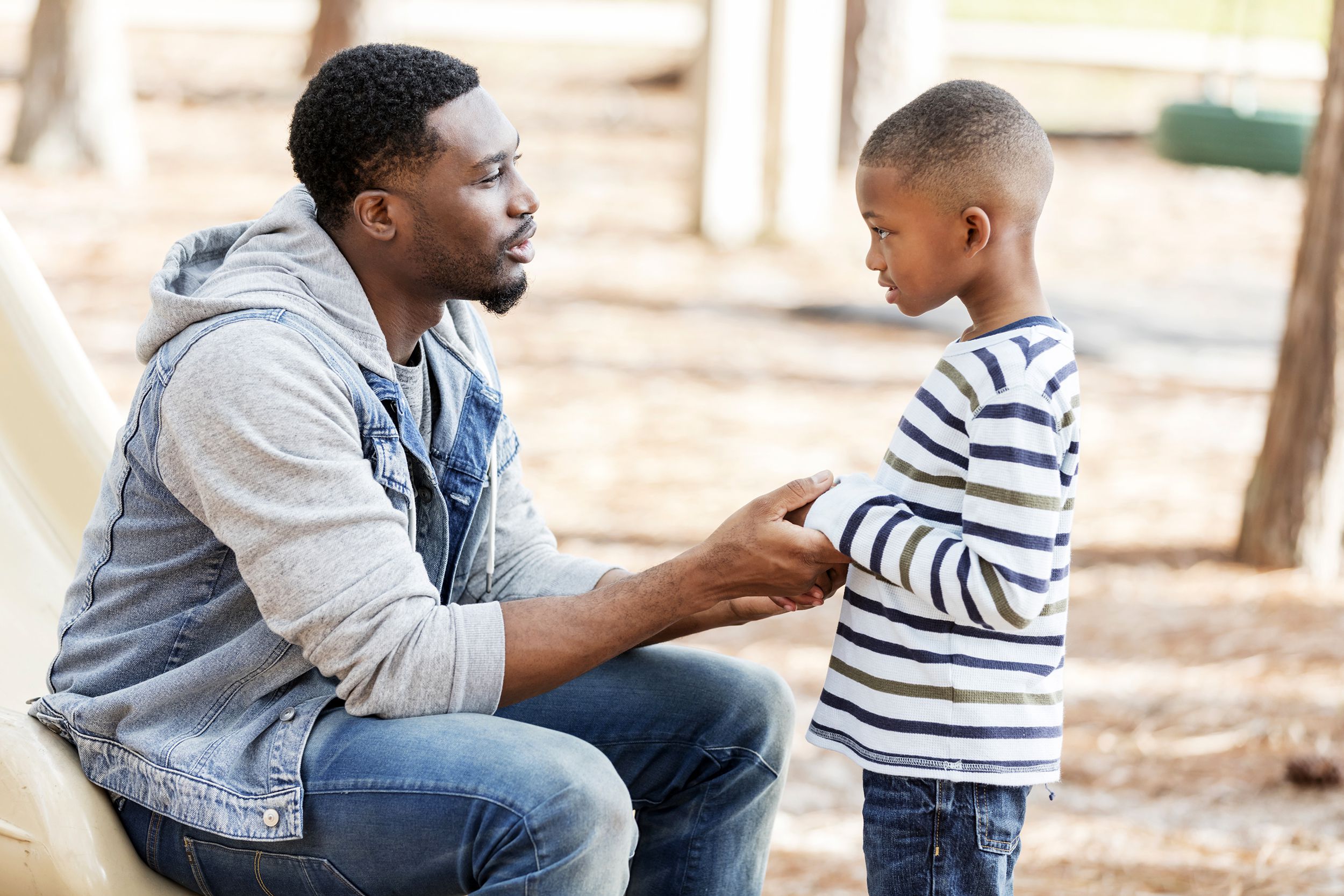
Make sure your child understands what bullying is. “Teach them how to understand the differences, similarities, and importance of the bully, the bystander, and the victim,” says Carrie A. Plourde, a licensed PK-3 educator and school counselor. With this knowledge, your child will be better equipped to deal with a bully situation whether they are the victim or someone else is.
For more smart parenting tips, please sign up for our free newsletters.
Kids: Walk with Friends

Parents: Know the Rules

As a parent, you can become empowered and help your child once you understand the laws and regulations pertaining to bullying, as well as your child’s school’s stance on bullying and their procedures for dealing with it, says Nissa Rinaldi, licensed professional counselor.
Kids: Ignore a Bully

According to Jim Bisenius, a child and adolescent therapist who has worked with over 300 targeted kids in the last 22 years, the best reaction you can have in a bullying situation is not reacting. Even the best of comebacks will fall on deaf ears to a bully — or worse, escalate the situation. The best thing to do is to pretend you can’t see or hear their words and actions. Talking back, no matter what they say or do, is feeding the bully the reaction they want. Rinaldi agrees, adding “Consider it like a gumball machine. If the machine is empty (aka lack of emotional reaction from the victim), there’s eventually no satisfaction to return again.”
Trending on Cheapism
Parents: Communicate
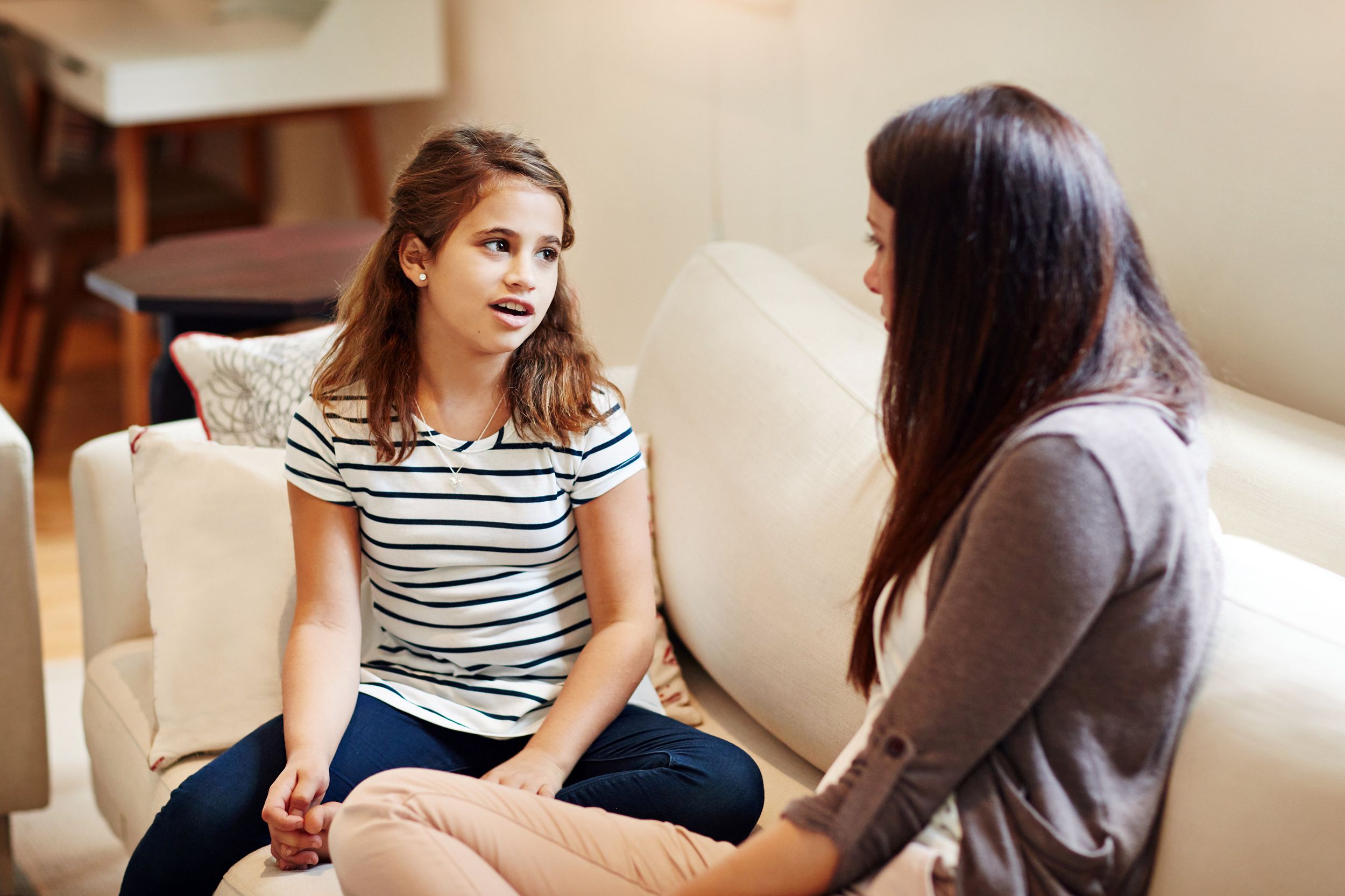
Kids: Use the Right Body Language
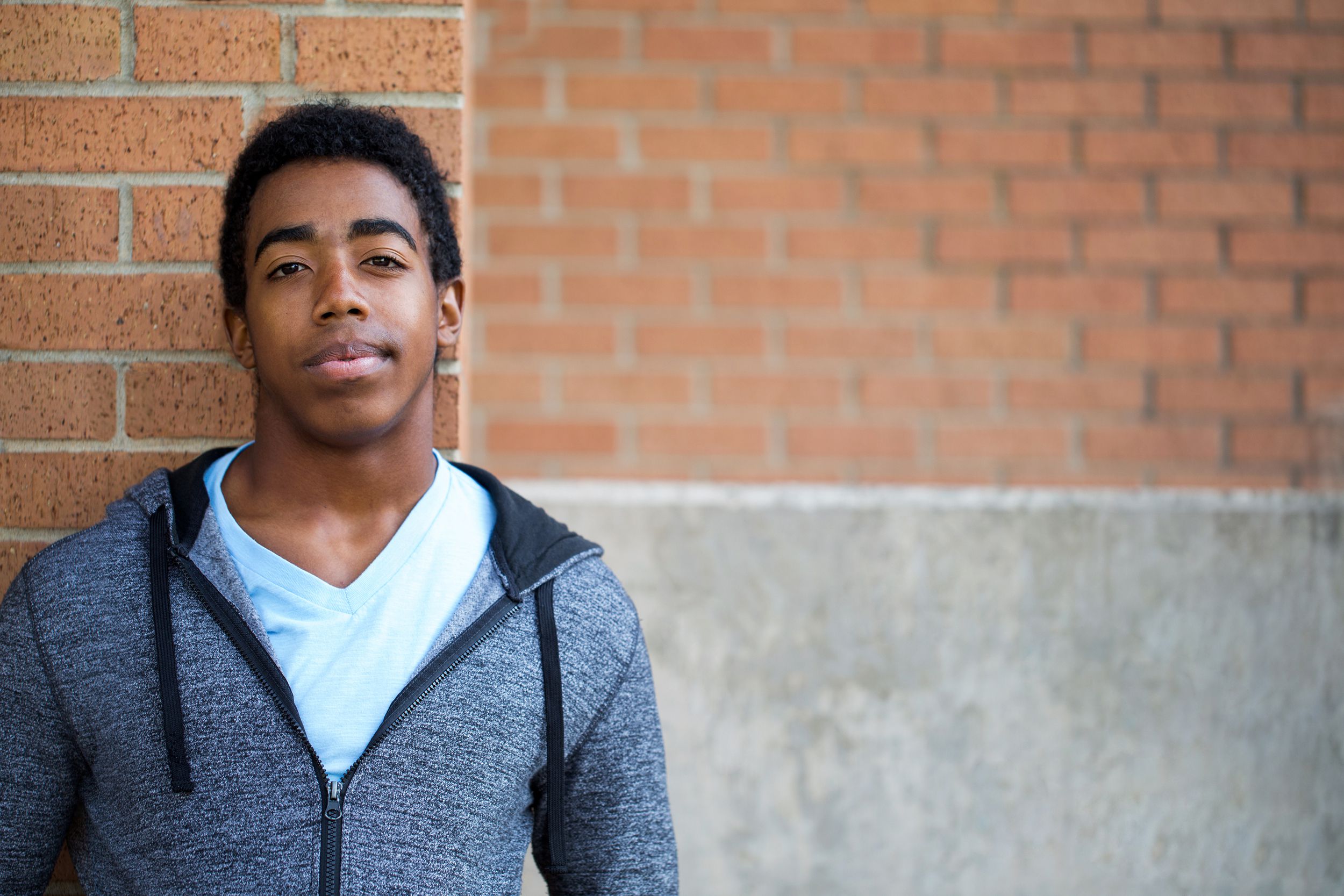
Parents: Listen
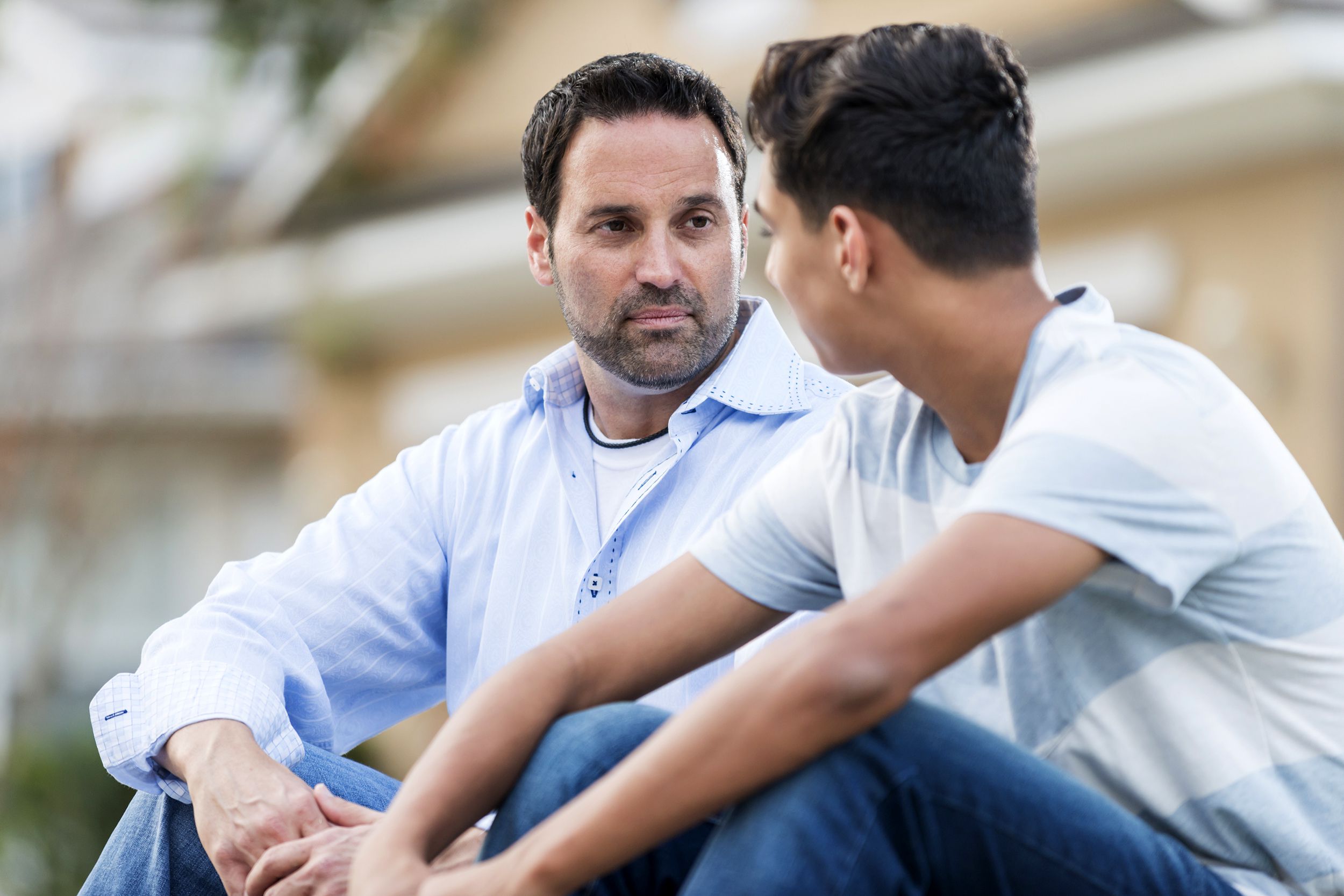
When children do come to you, the single most important thing to do is to listen. Give them your full attention and make eye contact, too. “It’s important to show children that they are being heard by summarizing what they’re saying and reflecting back what they have said without including the parent’s own opinion. After creating the safe space, then a parent can ask the child if they are looking for help, advice, or just someone to listen,” says Rinaldi.
Related: Positive Communication Skills for Talking to People in Distress
Sign up for our newsletter
Kids: Practice Handling a Bully

Parents: Give Your Child Control

Let your child have the final say in handling a bully. According to Bisenius, “Communication can be greatly improved between parent and child by the parent promising (and then really following through) to let their son or daughter stay in control of what happens after they share bullying information.”
Kids: Keep a Distance

Parents: Don’t Change Your Mind

If you do promise children that you will let them decide how to handle bullying, don’t change your mind if you don’t like what the path they choose. “If the student retains ‘veto’ power over any response the parent suggests, it will prevent the parent from taking over and accidentally making things worse,” explains Bisenius. “This unfortunately happens most of the time. Then the kid doesn’t trust them anymore and says everything is fine while they are now really suffering with no parent support in silence.”
Kids: Slow Your Speed

Parents: Avoid the Urge to Rescue

“Rescuing is very temporary,” Bisenius says. “The bullying child simply drops below all adult radars and retaliates. Then the child lies to their parents and says, “Everything is fine,” while thinking, “please never help me again.”
Kids: Never Give a Bully Anything
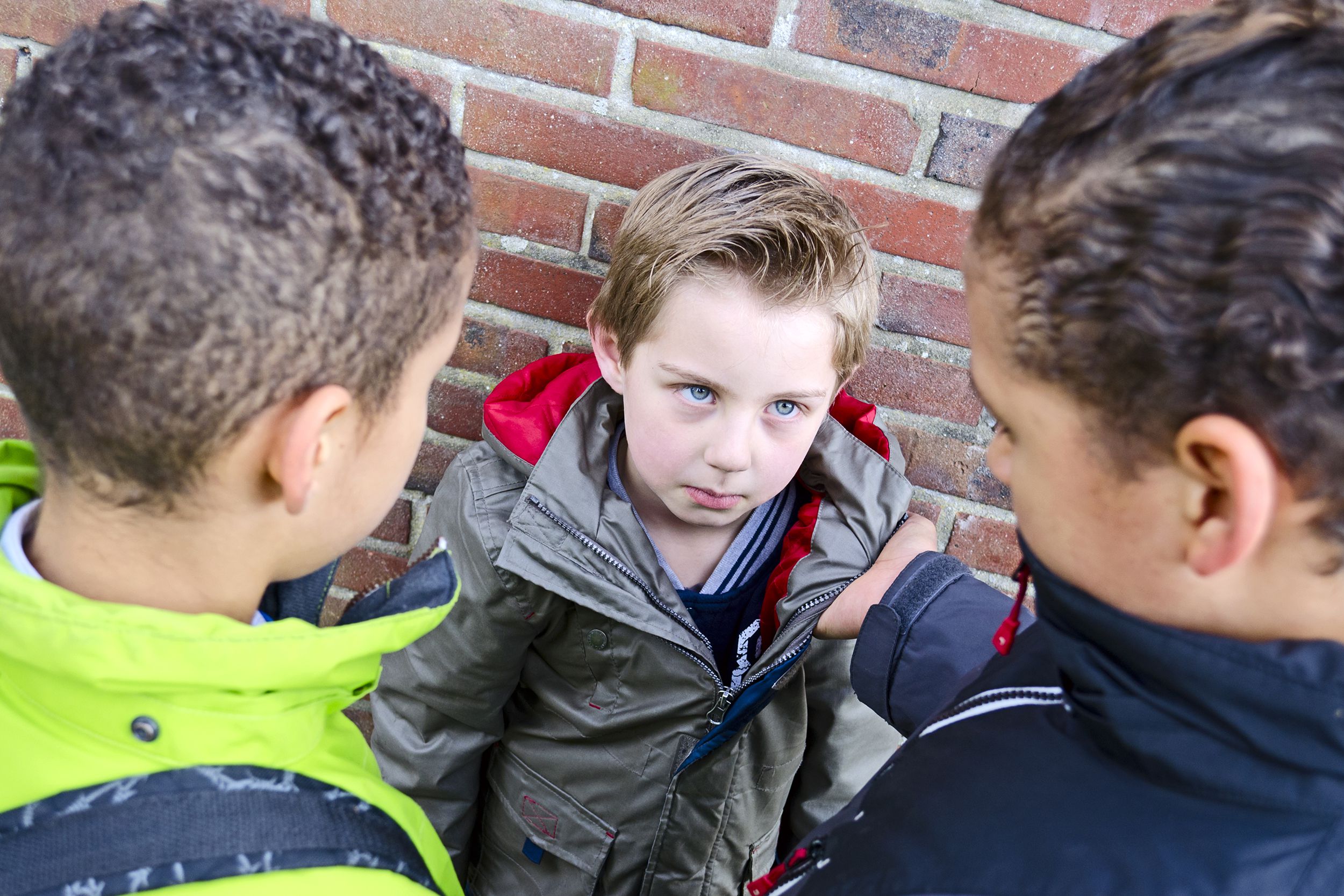
If a bully wants something from you, the worst thing you can do is give it to them. According to Bisenius, the bully will just ask for more. The same goes with being overly nice and inviting the bully places. That is a form of showing fear — your actions are saying, “I’m so scared of you, I’m going to bribe you with things and invitations to prevent you from being mean to me.” Just don’t do it.
Parents: Empower Instead of Rescue

Instead of ignoring your child’s wishes and trying to rescue them, the best way you can help your child is to empower them with productive communication and conflict resolution strategies, says Plourde.
Kids: Be a Positive Bystander
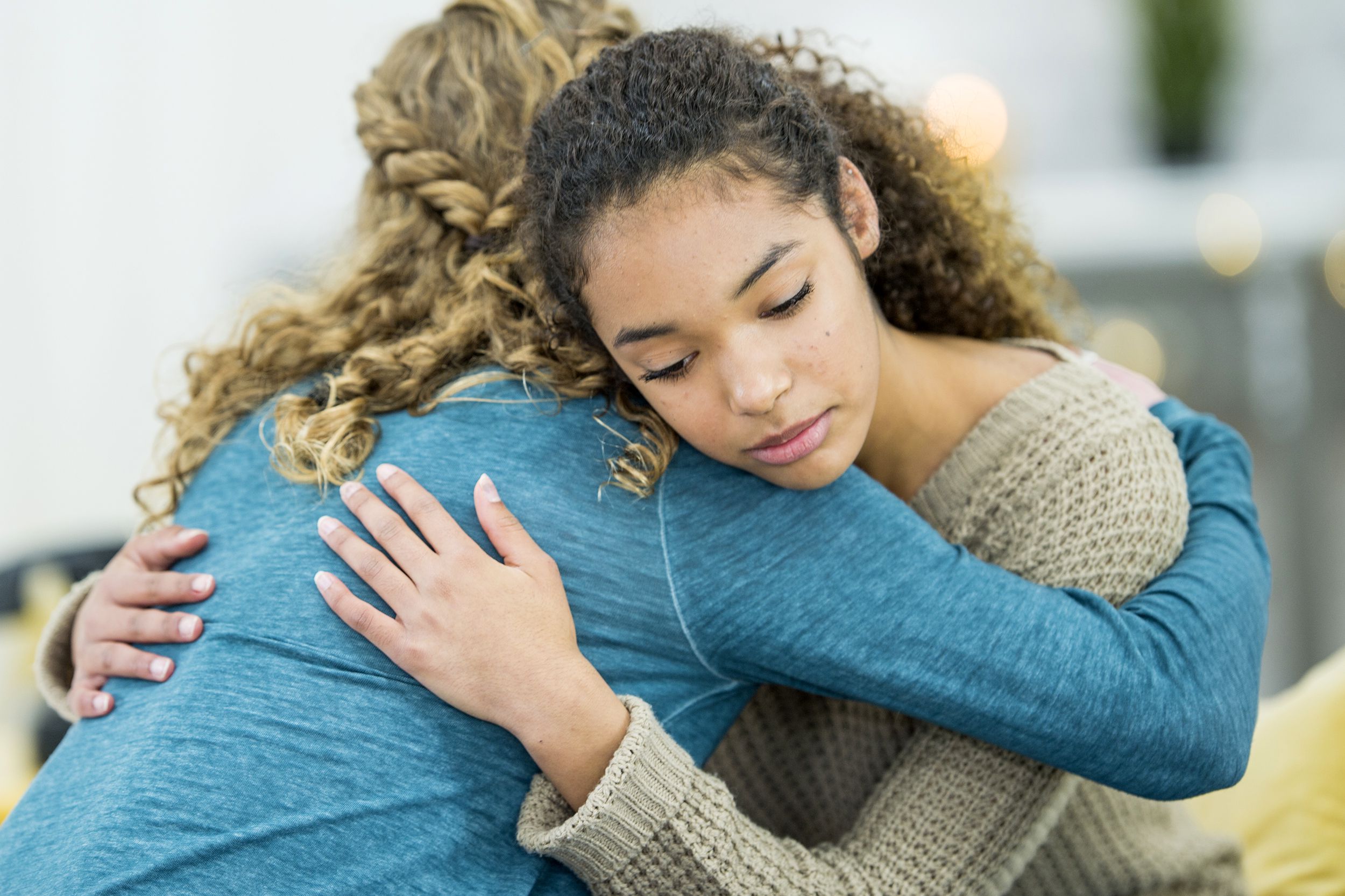
If you aren’t the victim, but do witness a bullying incident, you can still make a stand and have a positive impact on the victim. “Try talking to the person you witness being bullied,” Rinaldi says. “For example, if the situation is unsafe during the bullying, make sure to check in with the victim after the fact and see how they’re doing.” Recording the bullying with a cell phone can discourage the bully and can be used to report the problem.
Parents: Encourage Kids to Connect with Friends

Parents: Model Kindness
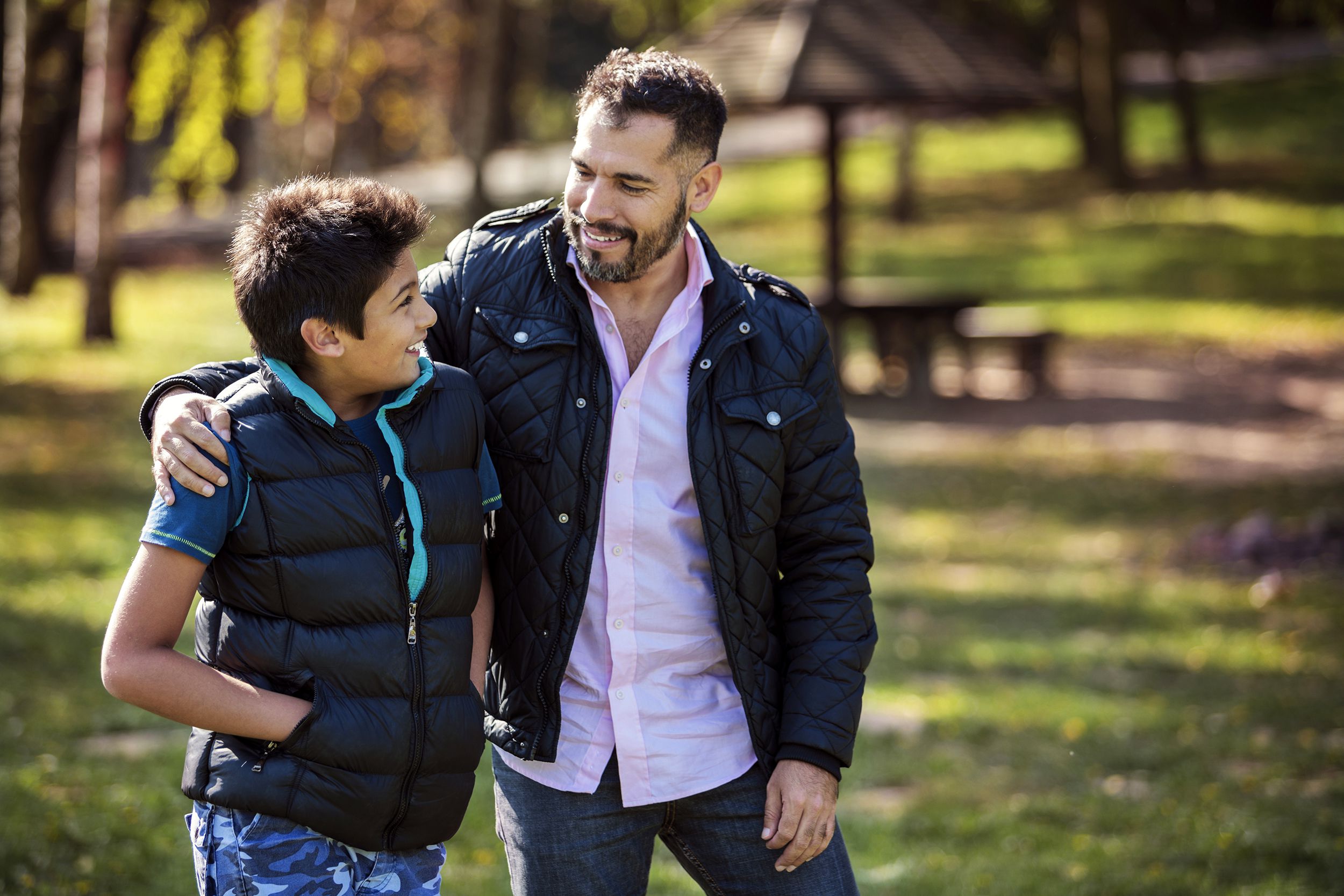
Your kids are watching you and your social behaviors. They model their behavior after what they are seeing, so make sure you are always a model of kindness to others and not a bully yourself. Make sure that you also treat them with kindness and compassion so they learn to treat others that way.






